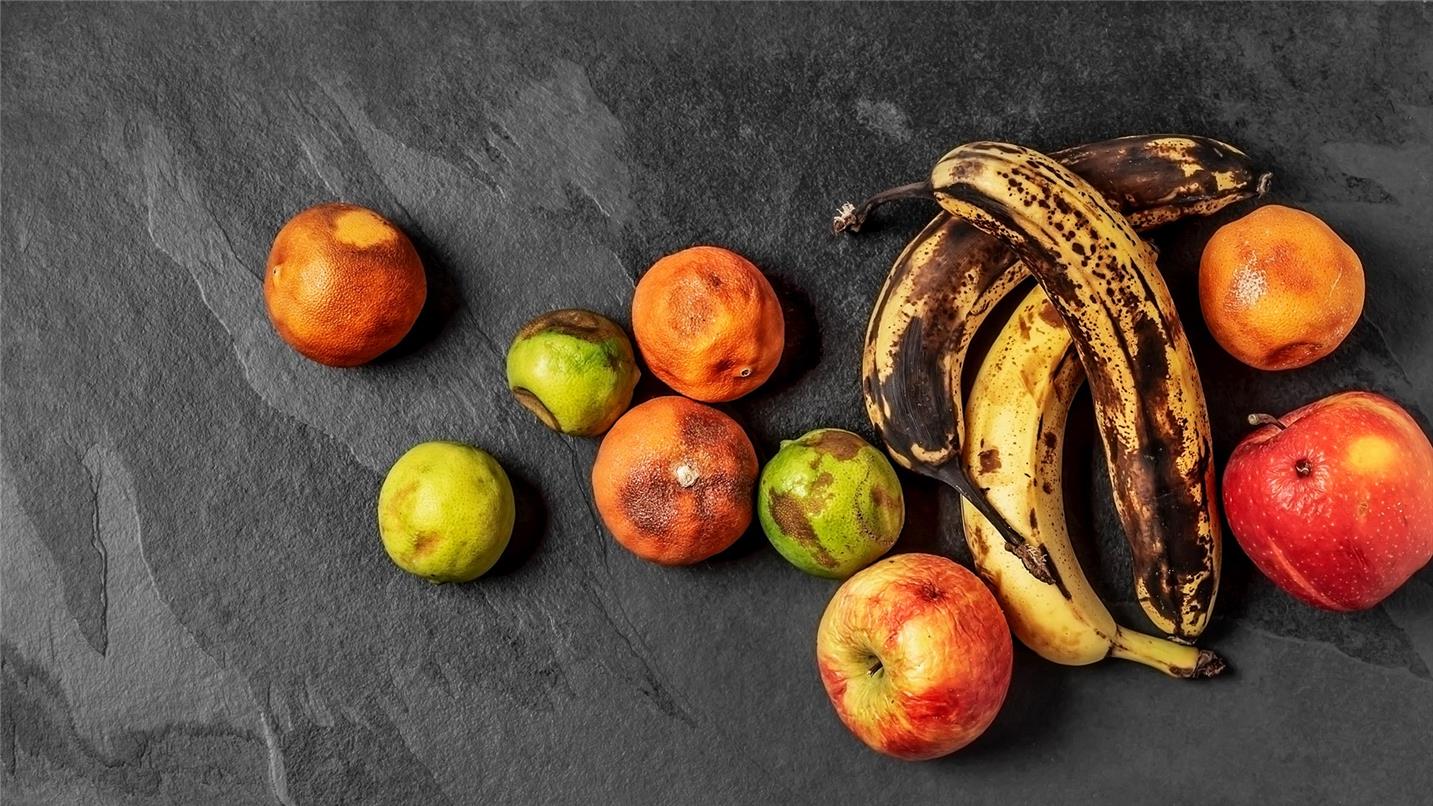A summary of our proposal
Who is SUEZ?
SUEZ recycling and recovery UK is one of the country’s leading providers of innovative recycling and waste management services.
SUEZ employs more than 6,000 people in the UK and since 1988 we have been managing waste for local authority and business customers.
We have a long-standing operation serving businesses in and around South London from our sites in Mitcham, Morden, and Wandsworth.
What is SUEZ proposing to do?
SUEZ is proposing to develop an anaerobic digestion facility at our site on Beddington Lane.
The proposed facility would create reliable, renewable gas, while reducing CO2 emissions and improving the UK’s energy security by putting waste food that has been thrown away to good use.
The proposed anaerobic digestion facility would help ensure that food waste generated by homes and businesses in London is processed in the most environmentally friendly way possible. It would not be processing all of London’s food waste. Other facilities are needed in other parts of the city.
If granted permission, the facility would be open in 2025/26 and would have the capacity to provide reliable, renewable energy by generating gas – the equivalent needed to supply up to 8,200 homes, by processing up to 100,000 tonnes of food waste a year.
What is the anticipated timeline?
SUEZ ran an eight week pre-application consultation in the summer of 2023, and we submitted our planning application in December 2023.
If approved, construction could begin in 2024/25 and the facility could start operating in 2025/26.
The proposed site
Where is the proposed site?
Our site is located at 79-85 Beddington Lane. This is to the north of Mile Road and the existing Beddington Water Treatment Works and on the west side of Beddington Lane.
The site is currently vacant, is already owned by SUEZ, and is allocated in the South London Waste Plan for waste use.
How big would the proposed facility be?
The facility will be built on the 2.8 hectares SUEZ site on Beddington Lane.
The enclosed anaerobic digestion processing building will be 1,950m2 with a maximum height of 16m. The associated treatment tanks and storage facilities will have a maximum diameter of 32m and a maximum height of 17m. The other stacks and infrastructure will be no higher than 18.3m.
This is broadly comparable to the height of other buildings in the area.
What are the proposed operating hours for the facility?
Anaerobic digestion is a continuous process and so the facility would operate 24/7.
However, the vast majority of deliveries of waste would take place between 7am and 7pm.
Is there already planning permission granted for a waste facility on this site?
Yes. In 2020, SUEZ was granted planning permission for a waste transfer and processing facility capable of processing 350,000 tonnes of waste a year on the site which has not yet been built.
Instead of developing this consented facility, we are proposing to develop an anaerobic digestion facility.
It would generate reliable and renewable energy, process 70% less waste than the consented facility and result in 50% less traffic compared to the consented scheme.
Community and environmental impact around the site
How will developing this facility benefit the environment?
SUEZ is working to help reduce food waste and put food that is wasted to good use generating renewable energy in accordance with the government’s Our Waste, Our Resources Strategy for England.
Anaerobic digestion facilities like the one proposed here can help the government meet its ambitions to eliminate food waste going to landfill by 2030. In addition, the biogas created from food waste provides a source of renewable energy. The gas and electricity generated by the facility would be exported to the local distribution network and electricity used to power the plant.
One of the major benefits of anaerobic digestion is the reduction in carbon dioxide and other greenhouse gases released into the atmosphere, as a result of the following:
- Putting food waste to good use by generating renewable energy and recovering nutrients to return to the land.
- Renewable energy generated by the facility and therefore the reduction of carbon dioxide (CO2) released from fossil fuels.
What are you doing to protect and enhance the local area?
Working with the community is really important to us. We are committed to ensuring that the local area is protected and enhanced as far as possible and will not be adversely impacted by the development.
We understand the importance of minimising Heavy Goods Vehicle traffic through Beddington Village and the importance of protecting and enhancing the surrounding area, such as Beddington Farmlands.
We have developed:
- An HGV routing strategy, which will require HGVs to turn left out of the site and avoid Beddington Village, travelling to and from the development via A23/Coomber Way
- Improvements to Beddington Lane, including a dedicated right-turn lane into Mile Road to ensure vehicles can access the site without disrupting the flow of traffic and two new pedestrian crossing islands to provide additional safe crossing options across Beddington Lane and Mile Road
- Plans to retain the existing mature trees along the front of the site on Beddington Lane and to undertake additional landscaping and planting along the boundaries of the site
- Designs to ensure the building is fully enclosed, minimising both odour and noise
What traffic impacts would there be during construction?
During construction, traffic will be well below the traffic movements of the proposed development. Construction traffic will be subject to a Traffic Management Plan to ensure safe movement of traffic in and around the site.
HGVs would travel to and from the site via A23/Coomber Way and the northern end of Beddington Lane.
What traffic impacts would there be during operation?
If the facility operates at maximum capacity (100,000 tonnes of waste a year), we expect there to be a maximum of 356 daily two-way trips (178 in and 178 out).
This is less than half the number of vehicle movements that were permitted with the previous planning consent.
Based on the highest vehicle numbers, our draft traffic assessment concludes there would be no significant impacts to the local road network as a result of traffic from the development. A detailed transport statement will be submitted with our planning application.
|
Development options
|
Energy generating capacity (number of homes the facility can generate gas for)
|
Waste processing capacity (tonnes a year)
|
Daily traffic volumes (Vehicle movements - a journey to and from the site is classed as two vehicle movements)
|
|
Already permitted plans
|
0
|
350,000
|
812 vehicle movements
|
|
New anaerobic digestion proposals
|
up to 8,200 homes
|
up to 100,000
|
356 vehicle movements
|
Would there be odour released from the facility?
The management of food waste does give rise to odours within the reception hall itself, but these would be carefully controlled and suppressed using a series of established measures:
- All operations would take place in the enclosed processing building
- This building would be fitted with an air extraction system and an odour suppression system
- The entrances to the building would be fitted with fast-acting doors
- No waste would be ‘tipped’ until these doors are fully closed
- The system is designed to treat the ‘oldest’ waste first, meaning food waste is not retained in the reception area for any longer than is required
- Waste delivery vehicles would be regularly cleaned, inspected, and maintained
- After the initial tipping and pre-treatment, the food waste is retained within fully enclosed pipes and tanks ensuring that odours cannot escape
Would there be increased noise during construction and operation?
About anaerobic digestion
What is anaerobic digestion and how does it work?
Anaerobic digestion is an alternative way of processing food waste, while also generating renewable energy and retaining vital nutrients that can be returned to the land. The process is called anaerobic because it takes place in a sealed tank without oxygen. Like composting, it is a natural process dependent on the micro-organisms that break down organic waste.
Why build an anaerobic digestion facility?
There is a national need to reduce food waste and to recover renewable energy and nutrients from the waste. If approved, the proposed anaerobic digestion facility will do just that, by turning food waste into a renewable and reliable supply of biomethane gas, and digestate, a compost-like soil improver. Anaerobic digestion is well-established in the UK and is a reliable technology to transform food waste into renewable energy.
The proposed facility would turn food waste into biogas and digestate. The biogas will be upgraded to biomethane which can be sent to homes and businesses via the gas grid or converted into electricity via generators at the facility. The digestate is a compost-like soil improver, that can be used as a replacement for fertiliser.
How much waste will the facility process and where will it come from?
The anaerobic digestion facility is designed to handle up to 100,000 tonnes of food waste per year. We envisage that this would come from homes and businesses in London.
It would not be processing all of London’s food waste. Other facilities are needed in other parts of the city.
How much energy will the facility generate?
How will you get the gas from the facility to people's homes and businesses?
What would happen with the carbon dioxide produced from the process?
The consultation process
Have you consulted local communities?
Yes – an eight week pre-application consultation took place from Monday 10 July to Thursday 31 August 2023.
This gave local communities and political representatives the opportunity to learn about our project and share their views with us before we submitted a planning application to Sutton Council. A Statement of Community Involvement was submitted as part of the application.
Contact us
IIf you would like to get in touch, please contact us:
- by email – [email protected]
- by post – FREEPOST Planning feedback, PO Box 6112, SUEZ House, 13-35 Grenfell Road, Maidenhead


